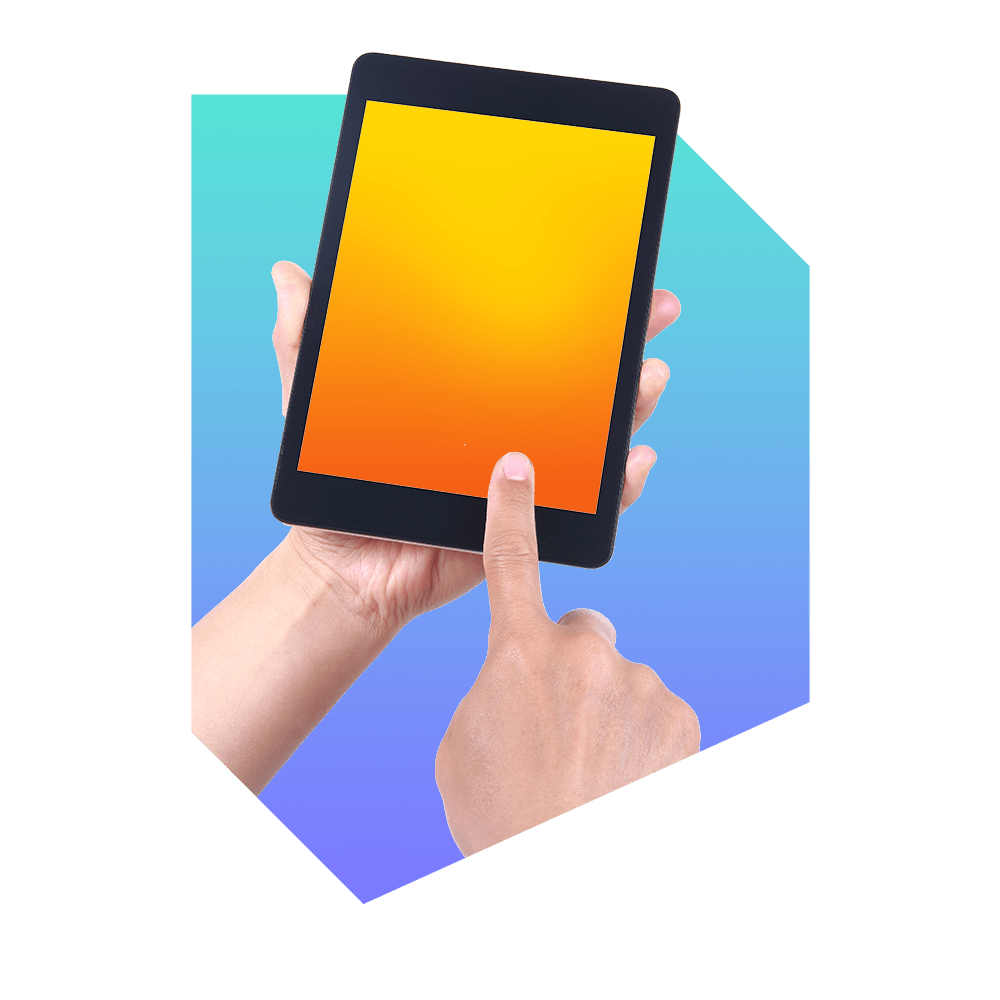The fifth generation (5G)
Today, 5G is the new buzzword. This fifth generation of mobile networks will offer a wide array of considerable improvements compared to 4G. Think of the capacity it will be able to hold, such as streaming live television via 5G home internet or data to and from autonomous (“driverless”) cars. The latter may need 5G to really kick into action. In addition to much higher data rates, more efficiency and less latency, an important aspect of 5G is that it is capable of supporting a whole new world – one where all types of devices are able to communicate with each other. This is also referred to as The Internet of Things (IoT) in which everything (humans and machines) is connected.
The fourth generation (4G)
Notwithstanding the promising outlook of 5G, we already have 4G/LTE, which has many benefits. As an example, LTE offers a radical change in how voice is treated over the mobile network: Voice over LTE (VoLTE). VoLTE brings faster call set-up time and much better voice quality. According to the GSMA, in October 2016, 91 mobile operators introduced VoLTE in their network and another operator is added to that list every week, on average. South Korea has the honor of being the first country in the world to introduce VoLTE. In 2012, three Korean mobile operators provided this enhanced voice service to their mobile subscribers.
A Connected World
Part of the 5G buzz is this notion of a connected world. This makes me think about the world of today in which we already have a large number of existing VoLTE networks, though not connected to each other. Why do mobile operators introduce VoLTE to their domestic network but withhold from their customers the advantages of VoLTE on a global scale? Why do they spend time and money on introducing VoLTE, but then cease to invest in the interconnection for VoLTE? VoLTE roaming may be an often-discussed topic, but VoLTE interworking is not yet high on the MNO list of priorities. A lack of additional revenue generation by VoLTE interworking is often heard as a possible reason for inhibiting this development. This may be true, but OTT providers do not wait; they continue to enhance and market their voice applications to present a compelling alternative that challenges the incumbent providers. VoLTE offers unique benefits, especially with its effectiveness (both in terms of cost and set-up time), and seamless, quaranteed quality.
With VoLTE interworking, directly or via an IPX hub, mobile operators can benefit from end-to-end HD voice quality and a global VoLTE reach in a cost-effective manner. In contrast to OTT players that provide a free calling app only within their own domain (“walled gardens”), the call quality with VoLTE interworking crosses network boundaries and helps MNOs distinguish themselves from OTT players. In South Korea, all of the country’s VoLTE-enabled subscribers are now able to make VoLTE calls across different mobile networks, thereby enjoying all the benefits that VoLTE has to offer.
What’s the Next Thing?
The popular answer is the Internet of Things, of course, in which all manner of devices ride the best possible network connections, and yes, that’s massive. But, we’re really not done connecting people in the best possible way, yet. So, in my view, the “next thing” is for other MNO’s to follow South Korea’s example in interconnection. Then the world will move from a situation with a few select interconnected VoLTE networks, to one with ubiquitous VoLTE service, a VoLTE of People (no doubt talking about the Internet of Things)! As an experienced voice and IPX provider, iBasis has the experience to support you in creating this connected VoLTE world. Learn more here.































